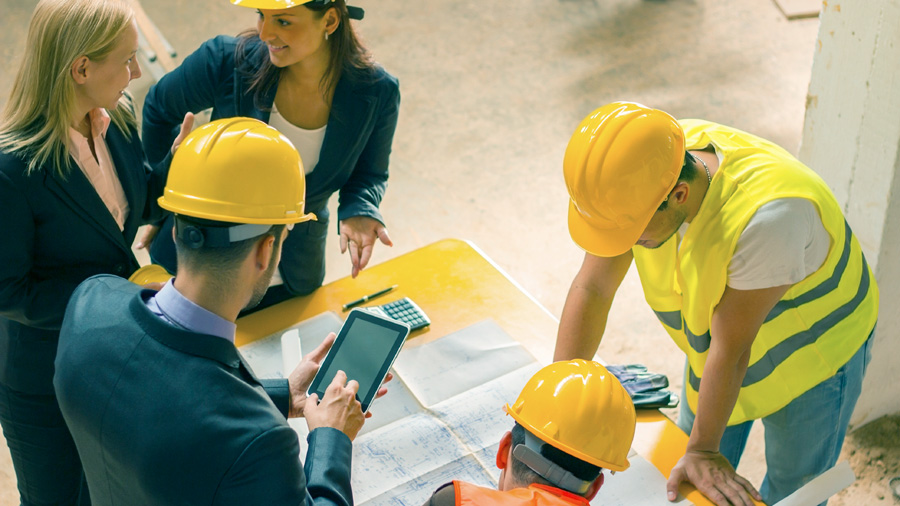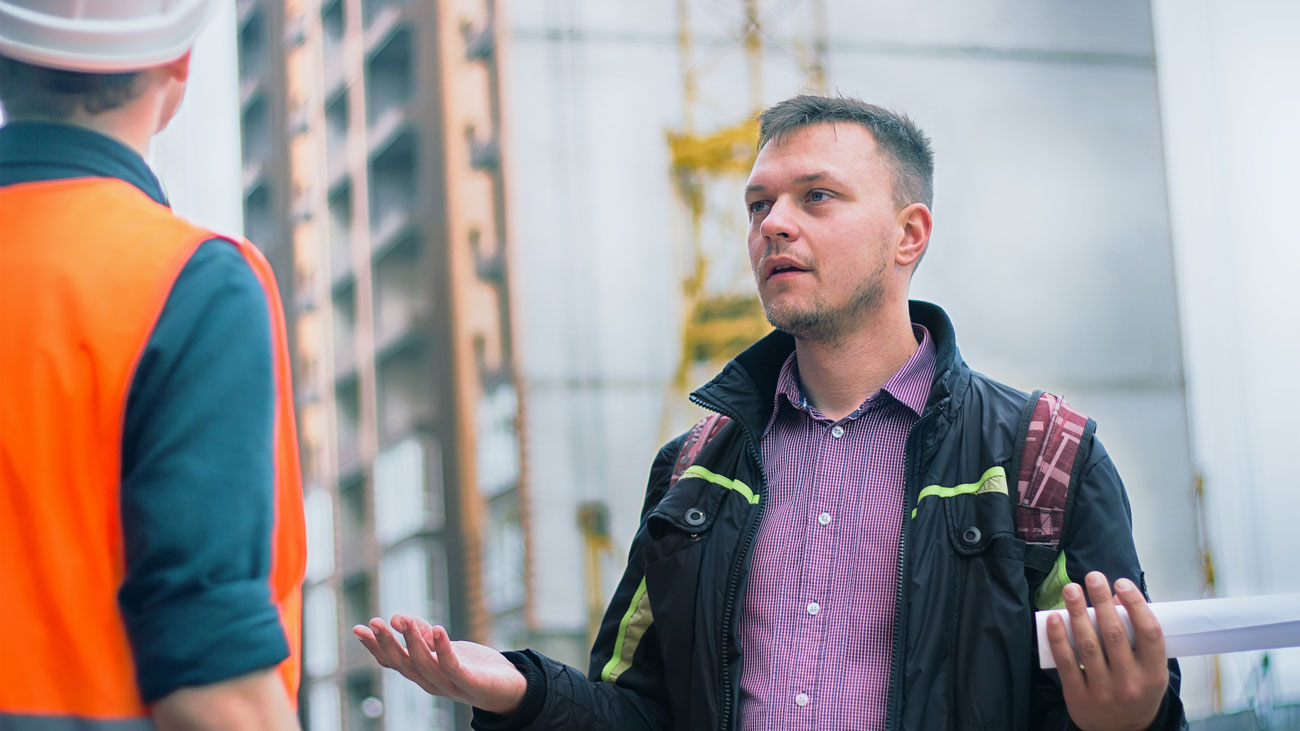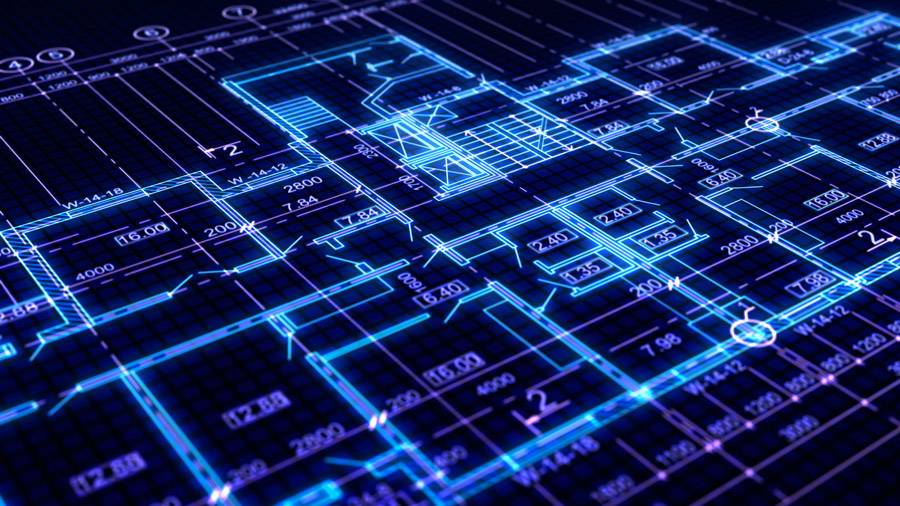
CDM: the role of the FM beyond construction phase
While the primary focus of the Construction (Design and Management) Regulations 2015 (CDM) is on the construction stage of a project, they also have implications for other phases, including the management and maintenance of facilities. The CDM regulations emphasise the importance of considering health and safety throughout the entire lifecycle of a building or structure, from its initial conception through to its eventual demolition or decommissioning.
During the construction phase, the CDM regulations require the appointment of key duty holders, such as the client, principal designer, principal contractor, designers, and contractors, who are responsible for ensuring compliance with health and safety requirements. They also mandate the development of key documents, such as the health and safety file, which contains information essential for managing health and safety risks during the maintenance and use of the facility.
Once construction is complete, the health and safety file becomes an essential resource for facilities managers, providing vital information about the building's design, construction, and ongoing maintenance requirements. Facilities managers must use this information to effectively manage health and safety risks within the facility throughout its operational life.
Therefore, while the CDM regulations are primarily concerned with the construction phase, their influence extends beyond this stage to encompass the ongoing management and maintenance of facilities to ensure the health and safety of those who use and work within them.
Some other ways facilities managers can continue to implement the CDM regulations are:
- Health and safety reviews: Facilities managers should conduct regular health and safety reviews of the facility to identify potential hazards and risks. This includes assessing the condition of the building, equipment, and systems, as well as reviewing maintenance procedures and emergency response plans.
- Maintenance planning: Develop and implement comprehensive maintenance plans that prioritise health and safety considerations. Regular maintenance activities should be scheduled and documented to ensure that equipment and systems are kept in good working order and do not pose risks to occupants.
- Training and awareness: Provide training and awareness programs for facilities staff to ensure they understand their responsibilities under the CDM regulations. This includes training on safe work practices, emergency procedures, and the importance of reporting hazards and incidents promptly.
- Documentation management: Maintain accurate and up-to-date documentation related to the facility's design, construction, and maintenance activities. This includes the health and safety file, maintenance records, inspection reports, and any relevant permits or certifications.
- Risk assessments: Conduct regular risk assessments to identify and evaluate potential hazards within the facility. This includes assessing risks associated with activities such as maintenance work, cleaning, and use of equipment.
- Contractor management: Ensure that contractors and service providers working within the facility comply with the CDM regulations. This includes verifying their competence, providing them with relevant information and instructions, and monitoring their work to ensure it is carried out safely.
- Incident investigation: Promptly investigate any incidents or near misses within the facility to identify underlying causes and implement corrective actions to prevent recurrence.
- Continuous improvement: Continuously review and improve health and safety practices within the facility based on lessons learned from incidents, changes in regulations or standards, and feedback from occupants and staff.
By proactively implementing these measures, facilities managers can help ensure ongoing compliance with the CDM regulations and create a safer and healthier environment for everyone within the facility.
Facilities managers need to maintain various types of information to comply with the CDM Regulations beyond the construction phase. Here's a comprehensive list of the key types of information they should keep:
Health and safety file:
This file contains information about the design, construction, and ongoing maintenance of the facility. It includes:
- Design and construction information, such as architectural drawings, specifications, and details of materials used.
- Health and safety information provided by designers and contractors, including risk assessments, method statements, and safety data sheets.
- As-built drawings and record drawings reflecting any changes made during construction or subsequent modifications.
- Operating and maintenance manuals for equipment, systems, and components within the facility.
Maintenance records:
Documentation of maintenance activities carried out within the facility, including:
- Records of routine maintenance tasks, inspections, and tests performed on equipment and systems.
- Details of any repairs or replacements carried out, including dates, descriptions of work performed, and any relevant documentation or certificates.
- Records of any incidents or defects identified during maintenance activities and the actions taken to address them.
Risk assessments:
Documentation of risk assessments conducted to identify and evaluate hazards within the facility, including:
- Identification of potential hazards associated with activities, equipment, and systems within the facility.
- Assessment of the likelihood and severity of harm that could result from each hazard.
- Documentation of control measures implemented to eliminate or mitigate identified risks.
Training records:
Records of training provided to facilities staff on health and safety matters, including:
- Details of training courses attended by staff, including dates, topics covered, and any certifications or qualifications obtained.
- Documentation of in-house training sessions or toolbox talks conducted to address specific health and safety issues relevant to the facility.
Incident reports:
Documentation of any incidents, accidents, or near misses that occur within the facility, including:
- Details of the incident, including the date, time, location, and individuals involved.
- Description of the circumstances leading up to the incident and the consequences.
- Investigation findings, including root causes identified and corrective actions taken to prevent recurrence.
Permits and certifications:
Copies of permits, licenses, certificates, and other regulatory documentation relevant to the operation and maintenance of the facility, including:
- Building permits and certificates of occupancy.
- Certifications for equipment and systems, such as fire safety certificates, electrical safety certificates, and pressure vessel certifications.
- Permits for hazardous activities, such as hot work permits or permits to work at height.
By maintaining comprehensive records of these types of information, facilities managers can demonstrate compliance with CDM regulations and effectively manage health and safety risks within the facility throughout its lifecycle.
International Workplace’s CDM Regulations training course looks in detail at the legislative requirements of the CDM Regulations, as well as the application of the accompanying CDM Approved Code of Practice. It also looks at the application of the accompanying HSE guidance, which provides extensive targeted advice on the roles and responsibilities of each dutyholder on a construction project. Find out more here.





